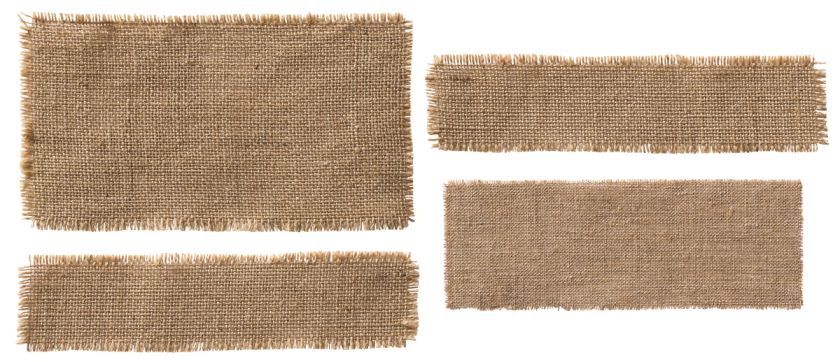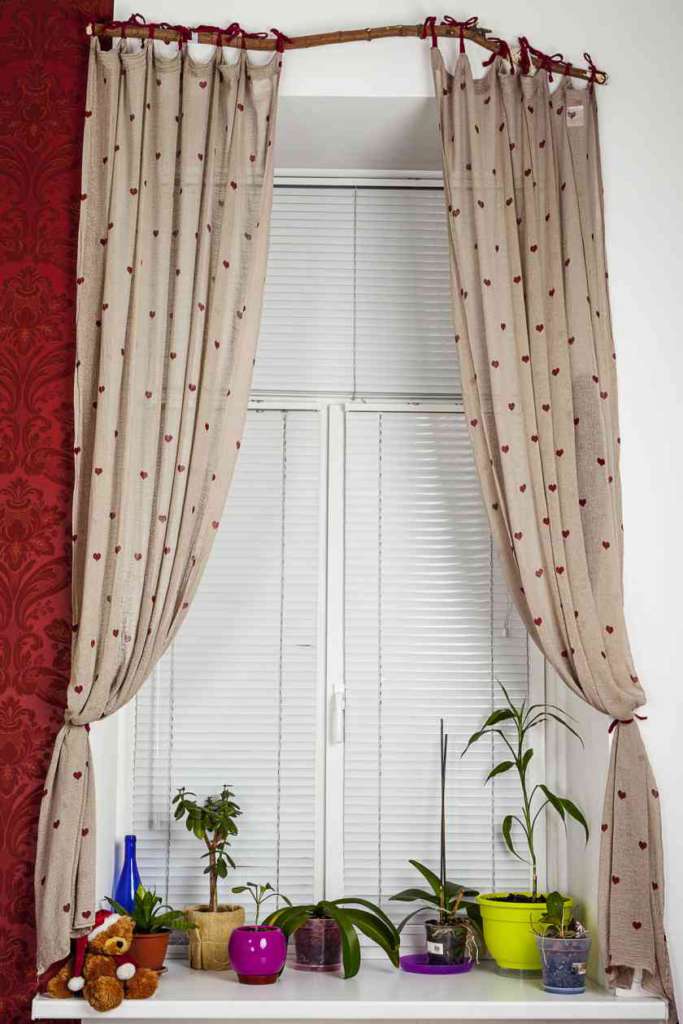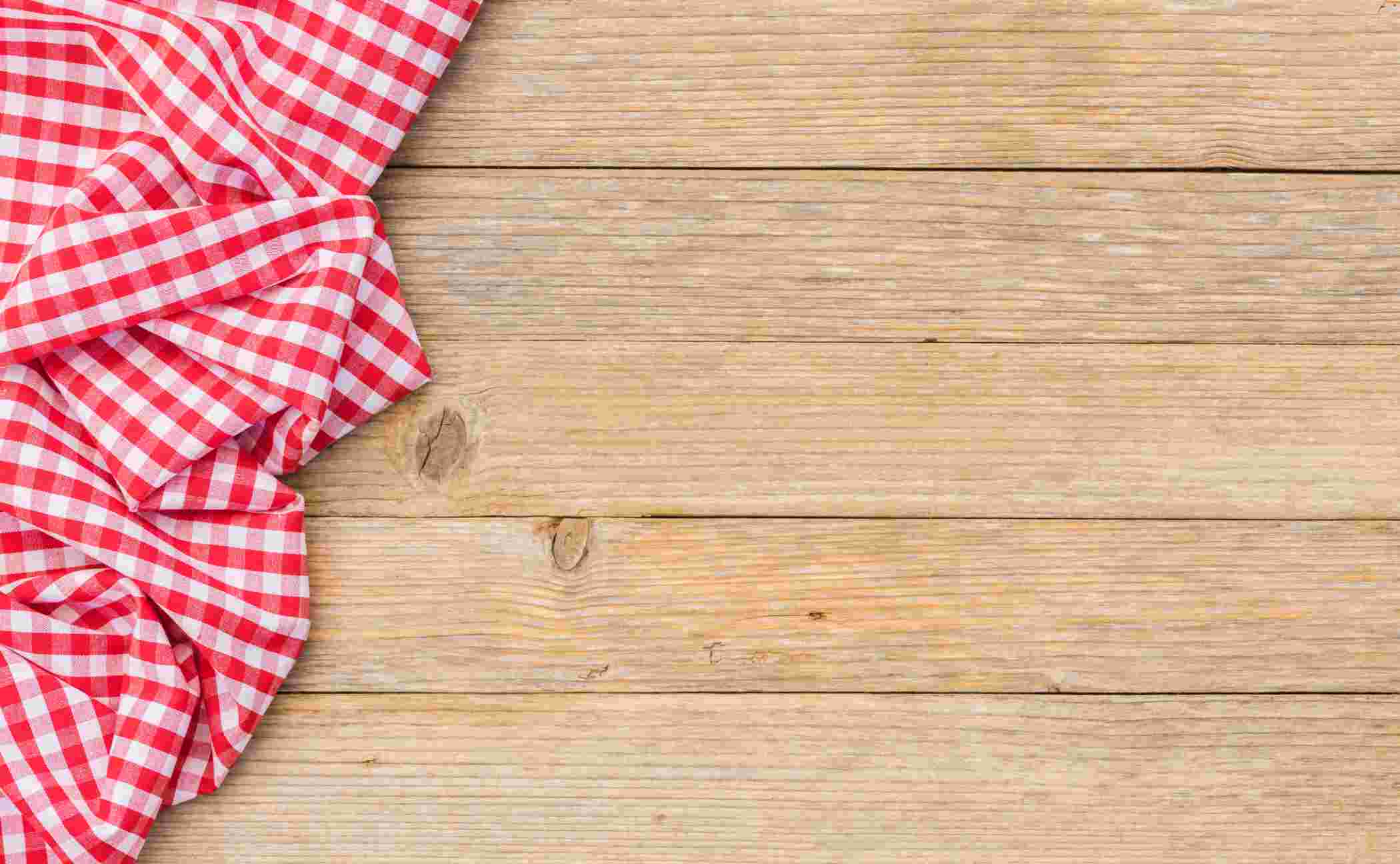The History and Evolution of Burlap Fabric



Burlap fabric or Hessian fabric is derived from the jute plant, which makes it a natural fiber. They are often composed of jute, sisal, and cotton fibers. Their texture is coarse, and they can be made into clothes that are visibly tight or loose. The history of the burlap fabric dates back a few centuries. With the evolution of the Hessian cloths, the fabric is available in various colors, designs, and patterns now. It is slowly becoming popular with the Millenials—notably, the burlap sack dress.
What Is Burlap Fabric?
Burlap is a strong natural fiber made from the jute plant. Since it's strong and durable, it can be woven into all sorts of other clothes or craft items. Hessian cloths are usually available in natural and brown shades, but they can also be dyed to suit your needs. It is an extremely eco-friendly fabric that is biodegradable and safe for the environment.
The Burlap fabric can be a bit rough on the skin and stiffer than other fabrics. Not many prefer to wear it as dresses. However, due to evolution in technology and fashion, the hessian cloths are now suited for burlap sack dresses, pants, jackets, etc. The Burlap fabric has a rich and interesting history, nevertheless. It dates back to the late 1700s. Since then, it has undergone tremendous changes to become the fabric that it is today.
Let's have a detailed view of the history and origin of the Burlap fabric:
History of Burlap Fabric
Burlap has a history that is both interesting and rich. Without further ado, let's dive into it.
It is quite unsure where the name Burlap originated from. But, the name Hessian was given to it after German soldiers who belonged to a state named Hesse. They wore uniforms made from Burlap and were known as Hessians. Since then, the Hessian fabric has been called by this name.
Burlap originated in India. Owing to the numerous jute plants growing in India, Burlap was widely produced here. It was used for making ropes only in earlier times. The English brought the plants back to Britain by the late 1700s. Further, in Scotland, it was spun into yarn for the very first time.
The production of Hessian cloths boomed in India, and soon they were running their looms and mass-producing it. So much so that they were exporting it to the rest of the world.
During WW2, Burlap was used immensely as camouflage on the helmets of the soldiers. With time, it has also been used by artists as a substitute for canvas. The naturally strong qualities of the fiber make it a reliable pick for everyone.
Evolution of Burlap Fabric

Jute is said to be one of the least expensive crops in the world. It is usually prominent in places with heavy monsoons. Due to this, it is grown in lowlands with heavy humidity, monsoon, and standing water. Countries like India and Bangladesh account for almost 60-80% of the global production of Hessian fabric. Apart from these countries, Nepal and Myanmar come a close second to producing this fabric.
Burlap has been a significant part of the culture of Bengal even before modern clothes like the Burlap sack dress came into existence. During the 1800-1900s, the production of Burlap boomed. It was exported to the United Kingdom, where it was processed further by hand. Afterward, it was discovered that it could be processed in textile mills if treated with whale oil.
In the years that followed, Burlap was produced in masses, and a "Jute or Burlap weaver" was a profession on the UK Census in 1901. Its popularity has declined after the origin of synthetic fibers in the 1970s. However, with more people turning towards eco-friendly items and natural fibers, it is likely to see a rise again in the coming years.
Uses of Burlap Fabric
Hessian cloths find use in a lot of items that we use every day. From clothing to home decor, it can be put to use in almost everything.

It can be used in:
- Gift Bags
- Burlap Sack Dress
- Table Mats
- Ribbons and Bows
- Cushions
- Curtains
- Wall Hangings
- Wreaths
- Bunting
- Plant Pot Covers
- Sacks
- Ropes
- Shade Covers
- Burlap Photo Frame
- Burlap Vase
- Burlap Pillow Covers
Due to its easy-to-dye nature and durability, it is a great choice if you want to update your wardrobe or your home decor.
Bottom Line
Hessian cloths that are derived from the jute plant can be put to numerous use in our lives. It is a gift from our ancestors and should be preserved at all costs. Its rich history is an example of why this fabric is so exquisite and different from others.
We've tried to cover all the aspects that define the rich history and long evolution process of the Burlap fabric. Even an Instagram influencer can be seen wearing a Burlap sack dress now. It's the incoming trend. It's high time that we embrace this trend that is eco-friendly and safe.
At Fashinza, we help you to connect the best manufacturers for Burlap sack dress or Hessian cloths and help you reach new heights by getting the best manufacturing services from designing to delivery. To learn more, visit the Fashinza website.



















